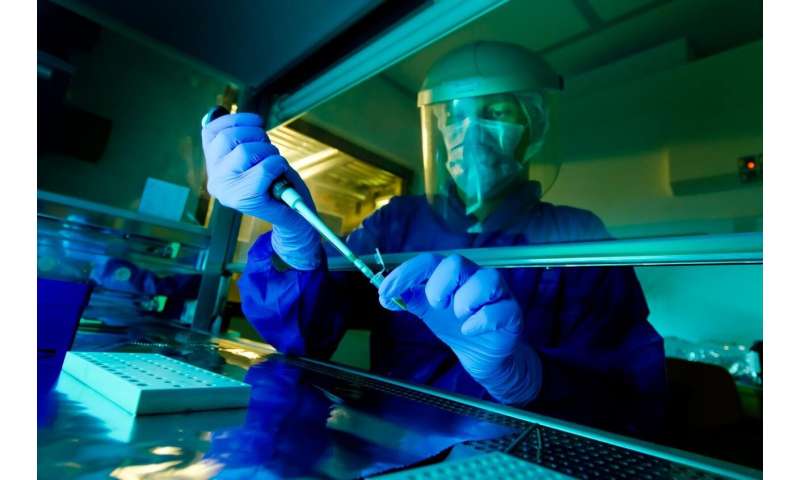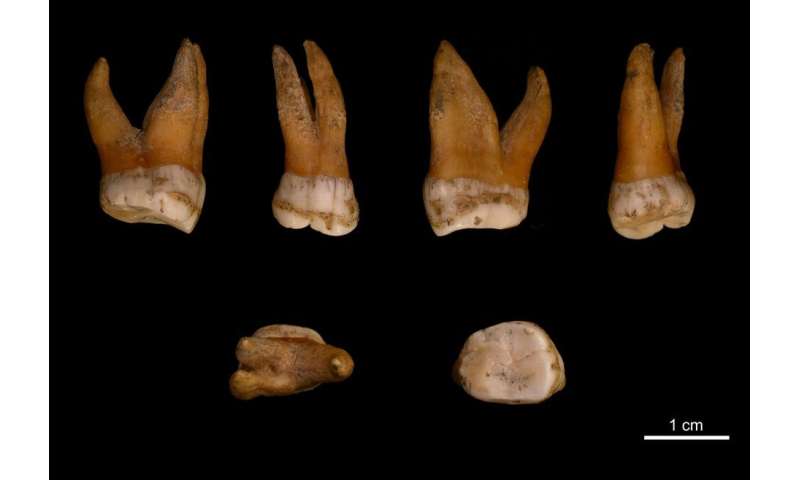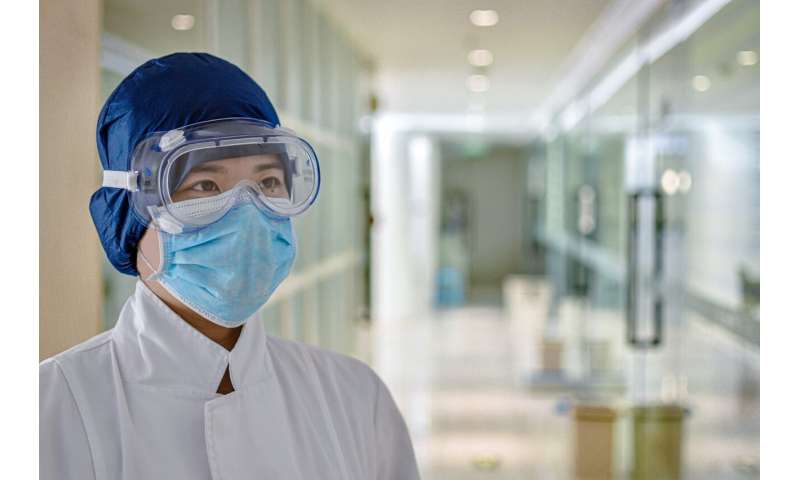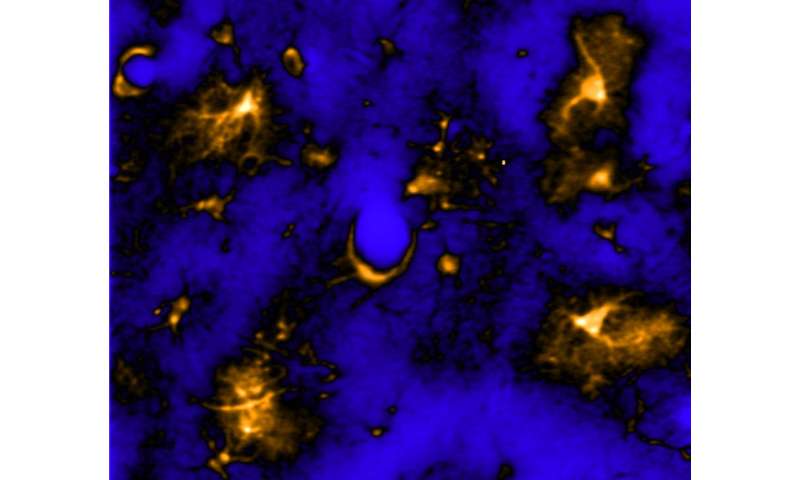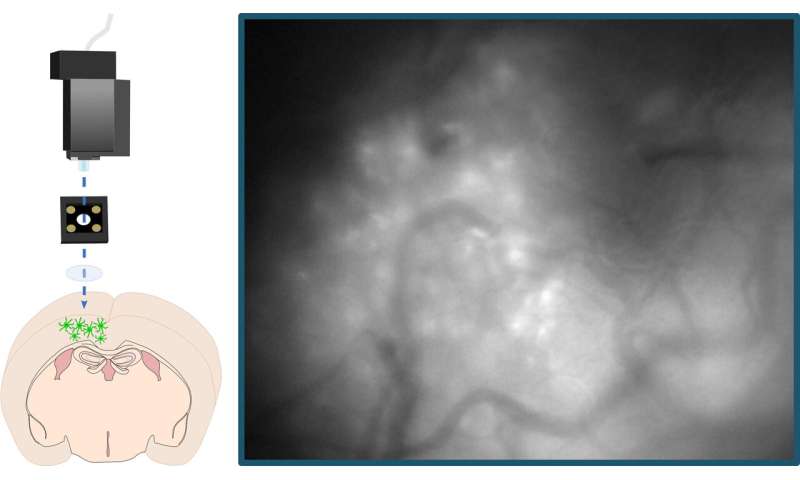Staff reports, Thursday, September 24, 2020

Photo: Contributed
An illustration - Arrest of a Witch
SEYMOUR — There was a time in Connecticut when it just wasn’t safe to be a “witch.”
More accurately, the real danger came from being accused of witchcraft, whether you were or were not practicing it.
And it was true danger: About 45 years prior to the Salem witch trials, Connecticut was the first of the 13 colonies in Colonial America to execute a so-called witch, according to the Seymour Public Library.
On May 26, 1647, Alse Young from Windsor, was executed.
The Seymour Public Library shared information about these terrible times in state history because it will act as host for historian Jason Scappaticci, for a free Zoom Lecture, “The Connecticut Witch Trials,” at 6:30 p.m. Oct. 6.
It is what a post on connecticuthistory.org calls “one of the most shameful episodes in the long history of Connecticut.” It includes that by 1662, — some 30 years prior to the first Salem execution, 10 other citizens of Connecticut, eight women and two men, would follow Alse Young to the same fate, according the library.
Further, “From 1647 to 1697, fear of witches spread across the state and led to one Fairfield resident being accused twice. In 1692, another Fairfielder, a young servant named Katherine Branch, began to suffer from fits and delusions. When confronted by concerned neighbors, Branch blamed her fits on witchcraft,” the Westport News has reported.
However, Connecticut’s Gov. John Winthrop the Younger, “is given credit with ending the Connecticut injustices and the executions in 1669 by demanding multiple witnesses provide the same testimony of witchcraft prior to a citizen’s conviction,” also according to the library.
“Connecticut held its final witch trial in 1697, a half century after Alse Young’s execution. During that period, there were 46 prosecutions and at least 11 executions,” according to history.com.
The library’s Zoom session will help participants “learn about this interesting and largely forgotten part of Connecticut’s history.”
Scappaticci earned his bachelor’s degree in history from Utica College and his master’s degree from Trinity College in American Studies, according to the library.
The Zoom program is free and registration is not necessary. For the Zoom link to this program, visit events on the Seymour Public Library website at, www.seymourpubliclibrary.org, or call the library at 203-888-3903.




